Home>Data Storage>Random Access Memory>Types Of RAM And How To Use Them
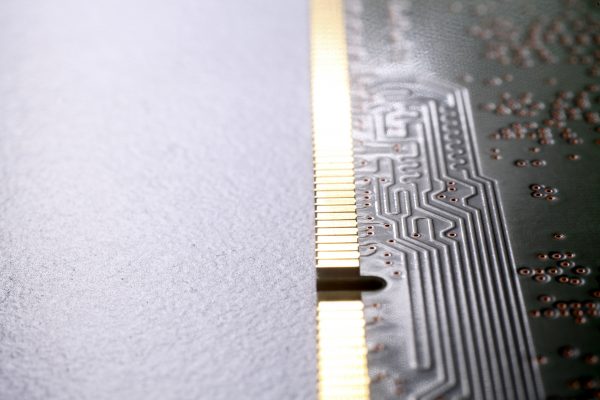
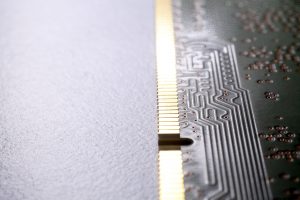
Random Access Memory
Types Of RAM And How To Use Them
Modified: September 1, 2024
Learn the different types of RAM or Random Access Memory, what each of them can do for your computer, and how you can use them.
(Many of the links in this article redirect to a specific reviewed product. Your purchase of these products through affiliate links helps to generate commission for Storables.com, at no extra cost. Learn more)
RAMs are essential components of our devices. They play important roles in helping you enjoy the best of your electronic device. But having a basic knowledge of what a RAM is and the different types out there are as important. So read on to know more!
What Is RAM?

RAM (Random Access Memory) primarily serves as the operating system or CPU for quick access to data that is constantly used to run a program in a computing device. Simply put, for every running program on your computer, it requires a certain amount of data to run them. This data is temporarily stored in the RAM modules, and processed by the processor of the computer – also called the CPU (Central Processing Unit). The data is stored in memory cells, which in turn are organized in lines, so-called ` Pages. ‘ Main memory and CPU are connected by the so-called bus systems. The word “bus” suggests a mode of transport, since bus systems are actually responsible for the transport of data to a place where they were stored (address bus).
That said, you can see that your computer or other device does not execute all the actions using only the hard disk. If it did, it would take too long to execute them. Therefore, it uses a much faster type of memory to make these tasks more immediate. This memory is responsible for storing the CPU instructions or the data that applications constantly need. These instructions remain there until the computer is off or until they are replaced by new ones.
Uses Of RAM
Applications use RAM in different ways. For example, if you use a browser, all the data from the websites you visit are usually in RAM. When you access them, they are always there and you do not have to load them again, so browsers often take up a lot of RAM. The RAM stores the applications you run in your system, so you can use them quickly without having to continually write your hard drive. Therefore, the more RAM memory you have, the more applications you can use at once. This affects the functionality of your device.
Therefore, the amount of RAM you have directly affects the performance of your device. The more RAM you have, the more applications you can manage at once. It is important because if there is not enough, the computer can go slow. What you usually refer to as RAM memory as a physical component is cards that are directly connected to the motherboard of your computer. These cards have different integrated memory modules connected to each other. And in devices like computers, there are slots to hold several of these cards.
History Of RAM
RAM has its roots in the “prehistory” of information technology. As an organic form of a computer, they were theorized by John Von Neumann in the second half of the 1940s. But the first practical realization of what was theorized by the American mathematician and computer scientist of Hungarian origin is represented by the Williams Pipe.
By exploiting the phenomenon of light persistence, the cathode ray tube allows to electrically store data in binary format. If at a certain point of the tube, the light dot was on, the value assumed was 1, otherwise 0. Compared to its predecessors, the Williams tube guarantees a marked improvement in data writing and reading speed. Each tube allows storing between 512 and 1024 bits of data. But with the evolution of information technology, it soon became insufficient for any type of operation.
Williams’ tubes were soon replaced by magnetic core memories, which in turn, gave way to memories printed on integrated circuits from the mid-70s. In 1968, Robert H. Dennard invented the Dynamic Random Access Memory (DRAM), which quickly became the global standard. Over time, the DRAM memories have also been joined by the SRAM (Static Random Access Memory).
From a totally theoretical point of view, the latter allows you to keep the data in memory for infinite time (or at least for as long as they are electrically powered), have low reading times, and consume less. The construction costs, however, are much higher than the DRAM. For this reason, they are much less common than DRAM memories. For years, SDRAM (acronym of Synchronous Dynamic Random Access Memory) represents the reference standard. It allows reducing the reading and writing times of the data required by normal DRAM modules.
Types Of RAM Memory
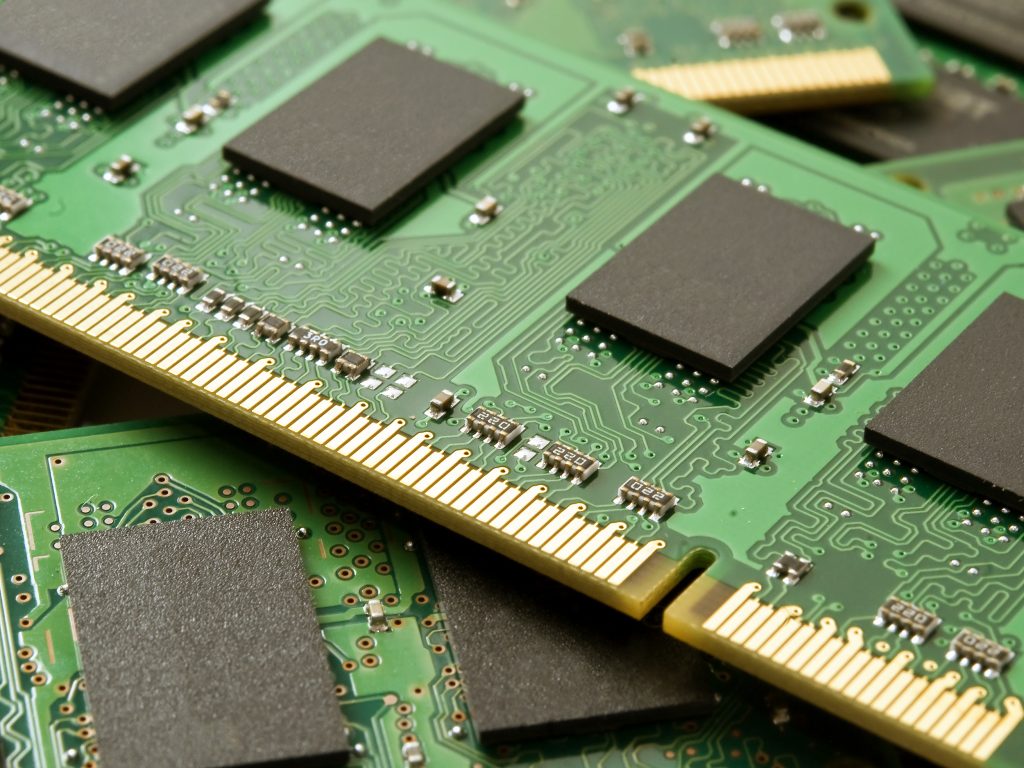
The technological advancement we have been experiencing for some years now has allowed the emergence of various types and models of RAM memories. This component has had numerous versions of itself as its performance has been optimized. RAMs can be of two types depending on their size, and these types are DIMM (or Volatile memory) and SODIMM (or Nonvolatile memory).
The first type of RAM is the Dual Inline Memory Modules, and they are the ones that you can find, especially in desktop computers. For the second one, they actually are the Dual Inline Memory Modules that you will find, especially in laptops.
DIMM vs. SODIMM Memory
The DIMM has a rectangular shape with separate holes on both sides for the connector. They are the successors of the old SIMMs since 1996. It comes to be the conventional RAM memory that we are used to seeing. The size depends on the DDR ram types to which they belong. And then we have the SODIMM memory, which is the type that we usually see in laptops, notebooks, and printers. It is smaller in size than DIMM memory, with much shorter and slightly wider modules. This makes it suitable for fairly sized devices.
The size directly influences another of its differences. These are the number of contact pins or those little slots that connect to the motherboard. DIMM-type RAMs have more contacts, with a 240-pin DDR3 module and a 288-pin DDR4. For its part, the SODIMM DDR3 has 204 pins, and the DDR4 has 260.
Now, let’s discuss some of the volatile RAM memory models that in their time were the most advanced at a technological level, and the most widely used today. The first is VRAM or Video Random Access Memory. This is a memory that differs from the others since two devices can simultaneously access it. If you are looking to get better graphics performance, VRAM is the best option.
Read more: Overclocking RAM: When, Why & How
What Are The 2 Types Of RAM? (Dynamic Vs. Static)
Dynamic RAM

The DRAM or Dynamic Random Access Memory has a large capacity. However, they require constant updating. Based on capacitors that gradually lose their charge, DRAM needs a dynamic update circuit that runs every certain period. This type of memory is no longer used.
Static RAM
We also have the SRAM or Static Random Access Memory. They are static because you need to update them fewer times than the previous one. SRAM memories are very difficult to obtain in the market since they are no longer commercialized. Its main feature is that they offer speed from 66 to 133MHZ. Additionally, they are characterized by their two-notch module and the total number of 168 contacts.
What Are The 3 Types Of RAM? (DDR3, DDR4, And DDR5)

Photo from Wikimedia Commons
There are two types of RAM. DDR (Double Data Rate) memories are able to carry out two operations in each clock cycle. Unlike those of SDR (Single Data Rate), which only execute a read or write operation. To make this possible, the DDR chips are activated twice in each cycle of the clock signal, either by level (high or low) or by an edge (rising or falling).
This way of working is the same in both the DDR3 and DDR4 standards, as well as the DDR5 that will begin to be seen soon and its predecessors. However, the more modern the standard you are using, the higher the speed at which it can operate. This means that having a DDR4 with a data rate of 3.2 GB/s and a maximum transfer rate of 25.6 GB/s is not the same as having a DDR5 with 6.4 GB/s and 51.2 GB/s respectively.
Here we leave you the summary of the speeds of the three main standards, the two most used currently and the future DDR5:
- DDR3: Data rate of up to 2133 MB/s, and the maximum transfer rate of 17 GB/s. DDR4: Data rate of up to 3.2 GB/s and the maximum transfer rate of 25.6 GB/s.
- DDR5: Data rate up to 6.4 GB/s, and the maximum transfer rate of 51.2 GB/s.
Therefore, the new generations of RAM memory offer us higher performance than the previous ones, as well as greater scalability and energy efficiency. Hence if you want higher performance, it may be interesting to update. However, there is a problem, and that is the RAM standard that you can use is defined by the motherboard of your device. For example, if you have an old computer that once came with DDR3 RAM, it is possible that the RAM slots it has been dedicated to this standard. Each one has a different connector, so if you want to be able to use a more advanced RAM memory, you will need another motherboard.
How To Use RAM
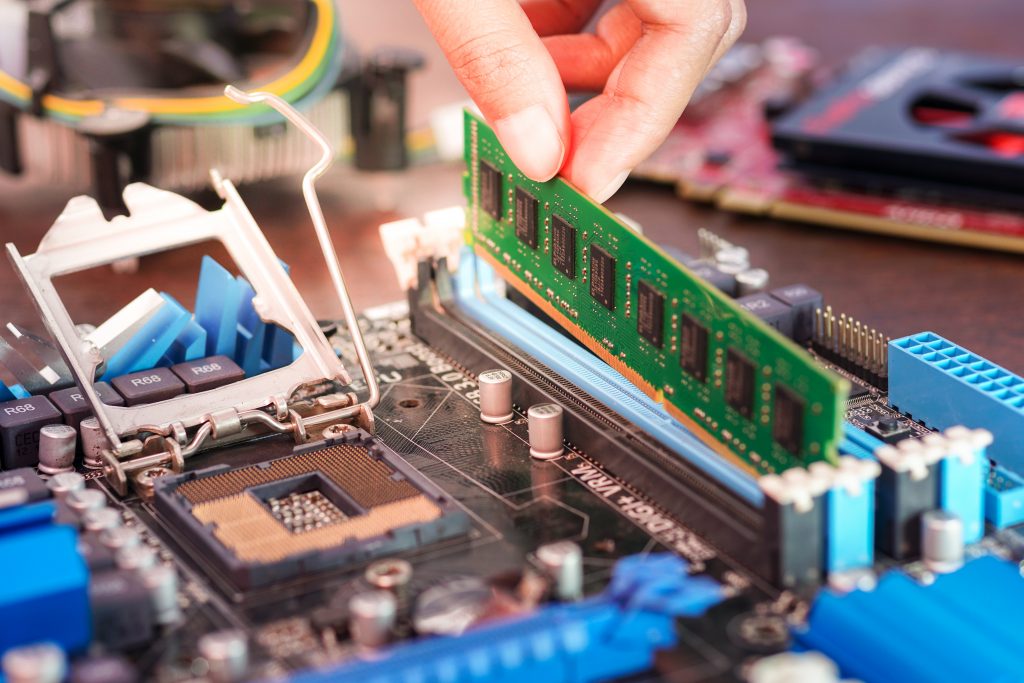
Today’s computers and mobile devices are increasingly powerful in computing and processing. Thanks to advances in processor manufacturing. The processor is in charge of executing the instructions given by the different applications or the operating system. As well as controlling the possible peripherals connected to the equipment such as printers, keyboard, mouse, etc.
The fact that today’s processors are multicore means that the processor is entrusting the execution of different instructions to each core that makes it up. We are seeing how the number of cores available in some processors increases more and more. However, this does not mean that they will necessarily always offer higher performance.
In this sense, there are many factors that influence when determining if a dual-core processor offers better performance than a quad-core processor. The first is the speed at which each of the cores is able to process the requests. Secondly, the type of task that we are processing. Since not all applications are capable of simultaneously using more than one core to execute your tasks. We can see how a processor with two cores at high speed is able to finish the task sooner than another processor with four cores of lower speed. However, if the application is capable of using multiple cores, even if they are slower, four cores will finish a task sooner.
Of course, other things being equal, the more cores we can use at the same time and are faster, the sooner the same tasks will finish as the same cores if they are slower or if we have fewer cores even if they support the same processing speed.
Maximizing RAM
Although Windows by default manages the cores of our processor, as with RAM, two key factors in determining the processing capacity and fluidity of a computer. We will see how we can tell the system to take advantage of the maximum all our cores and RAM. In this way, it will be easy to notice a better performance of the PC if you are not taking full advantage of its power. Therefore, you are going to tell Windows to use all the cores of our processor and the maximum of RAM.
- To do this, the first thing you are going to do is open the System Configuration, executing from the Run (WIN + R) window the command “MSConfig”. Then, you will go to the Startup tab within the window that opens.
- Once there, click on the Advanced options button shown just above the boot options, and that will open another window. In this, you will be able to indicate the number of processors that we want the operating system to use to offer greater performance, as well as the maximum amount of RAM.
- If you check the box for the number of processors, you can choose from the drop-down list the ones we want Windows to use. Although it must be said that if it is left unchecked, you will be indicating to the system to use the maximum number of cores that are possible in each case. By checking the box for the maximum amount of memory, the field will also be enabled. So that we can increase or decrease the maximum amount that we want our operating system to use.
How To Know What RAM You Need

To know what RAM you need on your computer, you first have to identify its size format. Then, you have to know what its standard is. To do this, the easiest thing is to open your computer to see what the memory you currently use is like.
Identifying if it is a DIMM or SODIMM is quite simple since you only have to look at the size. To differentiate what its standard is, you have to look at its contacts or pins. Those are the little golden “teeth” that connect to your motherboard. DDR4 memories use 288 contacts, while DDR3 has only 240. This means that, if you have one in front of the other, the one with the most contacts will undoubtedly be DDR4.
You can also differentiate them by the position of their notch. The gap that is always between the two rows of contacts. The notch on the DDR3 memories is slightly placed on one side. While the one on the DDR4 is slightly more centered, but minimally placed on the opposite side. And finally, you can also have a track, thanks to the height of the modules. Since those of DDR4 is usually one millimeter higher than DDR3. Of course, the width is usually the same. Although all these measurements can also vary depending on some models.
In summary, we hope that this article has opened your eyes to what RAM is and what it does. In computers and laptops, it plays a very important role. Depending on the purpose of the equipment, it requires an adequate memory. It is worth remembering before purchasing the equipment if a certain memory will be sufficient for our needs, so as not to be disappointed later. And so it is not necessary to purchase additional larger memory. The purchase of equipment should take place with the help of a person who knows it.
Was this page helpful?
At Storables.com, we guarantee accurate and reliable information. Our content, validated by Expert Board Contributors, is crafted following stringent Editorial Policies. We're committed to providing you with well-researched, expert-backed insights for all your informational needs.
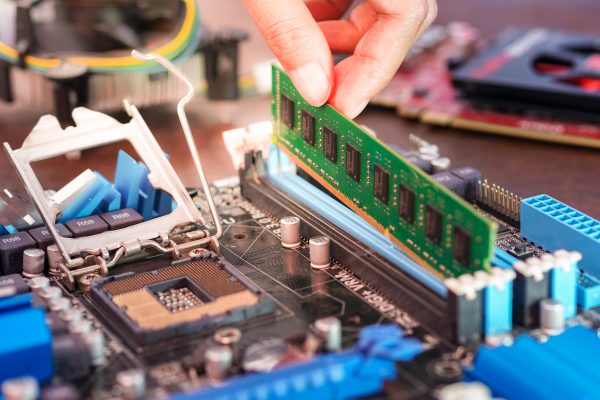

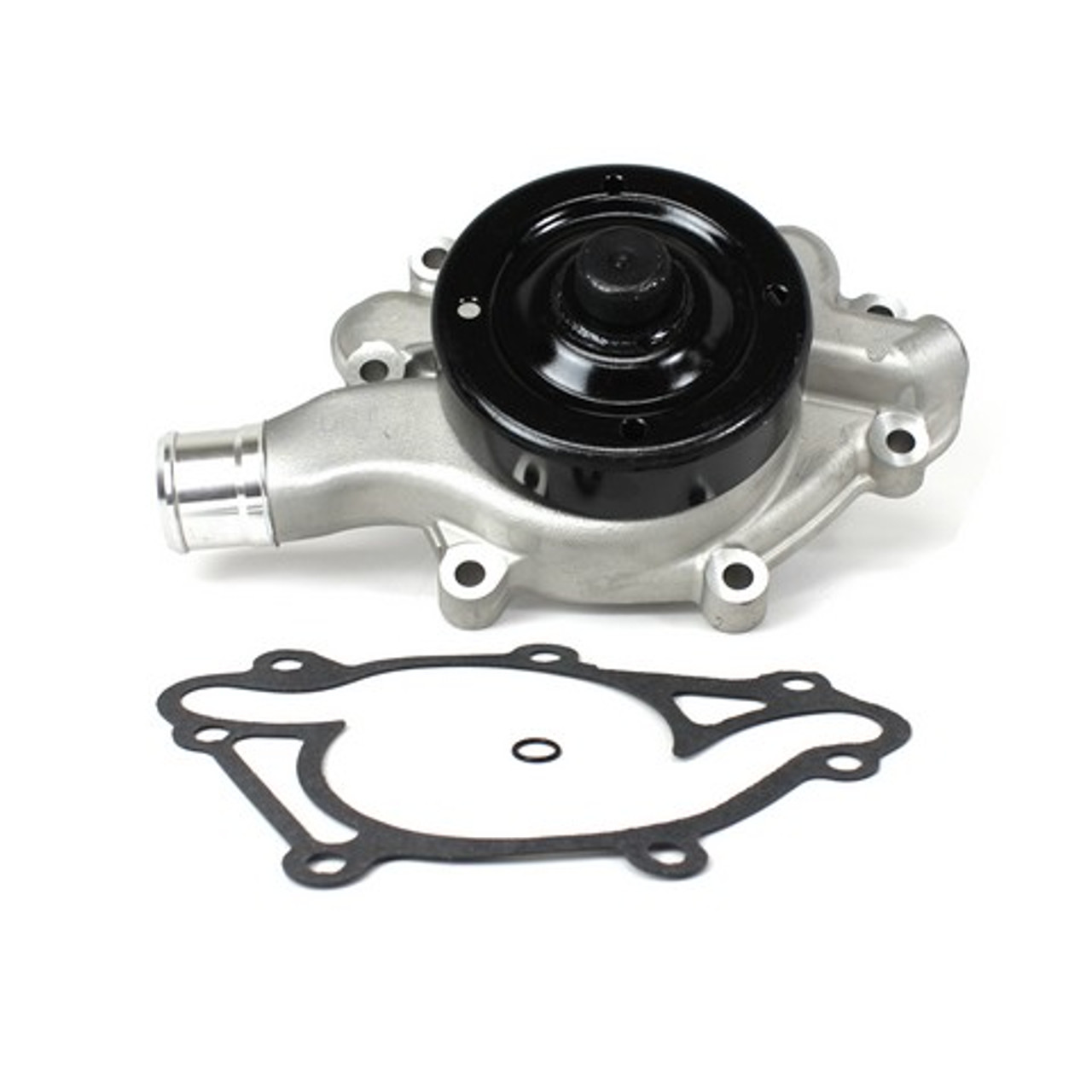
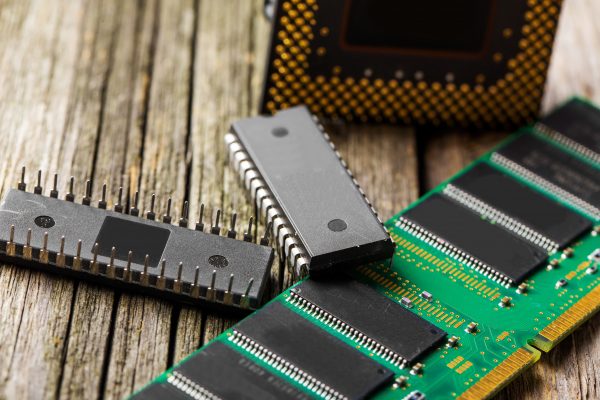
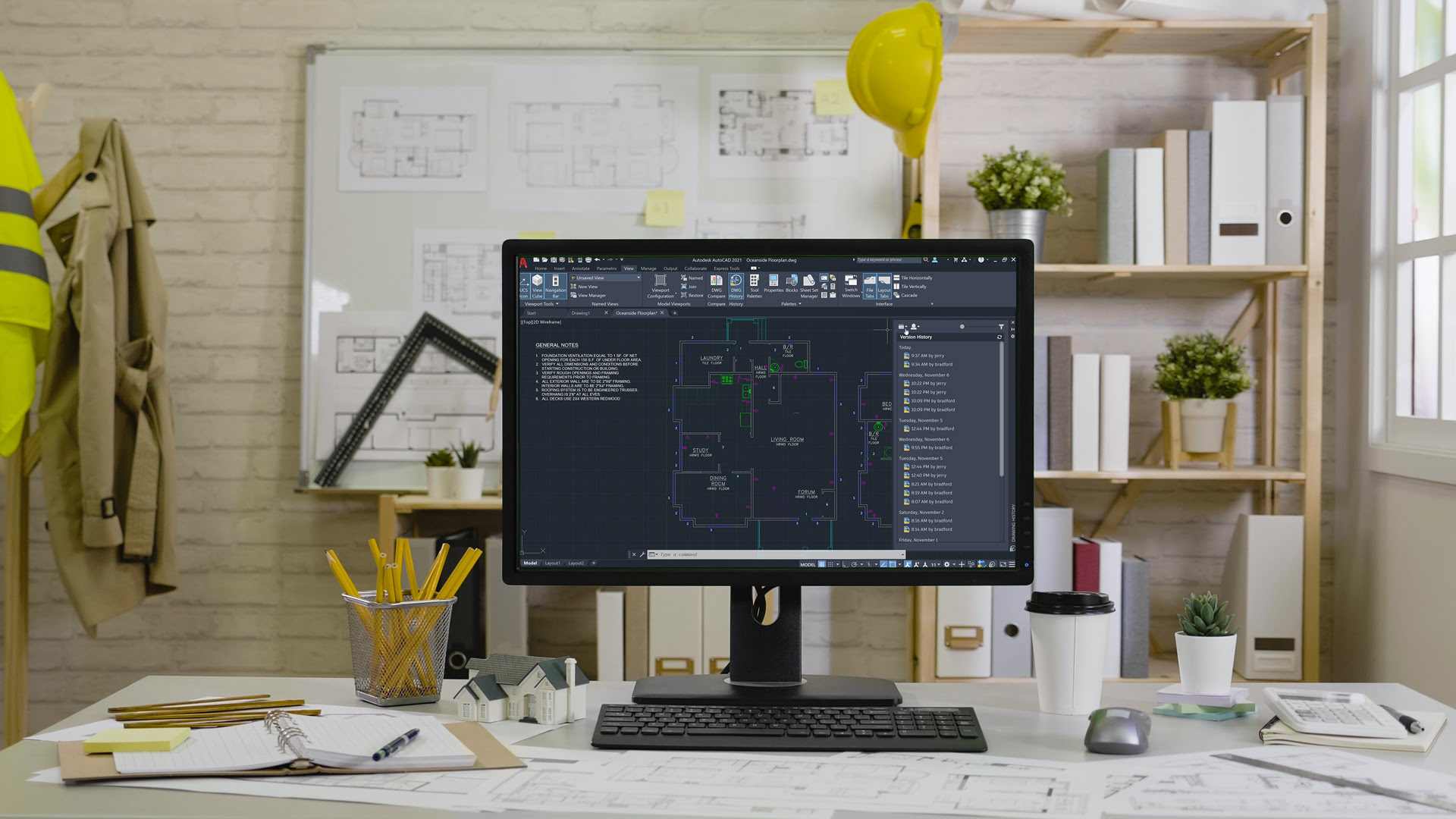

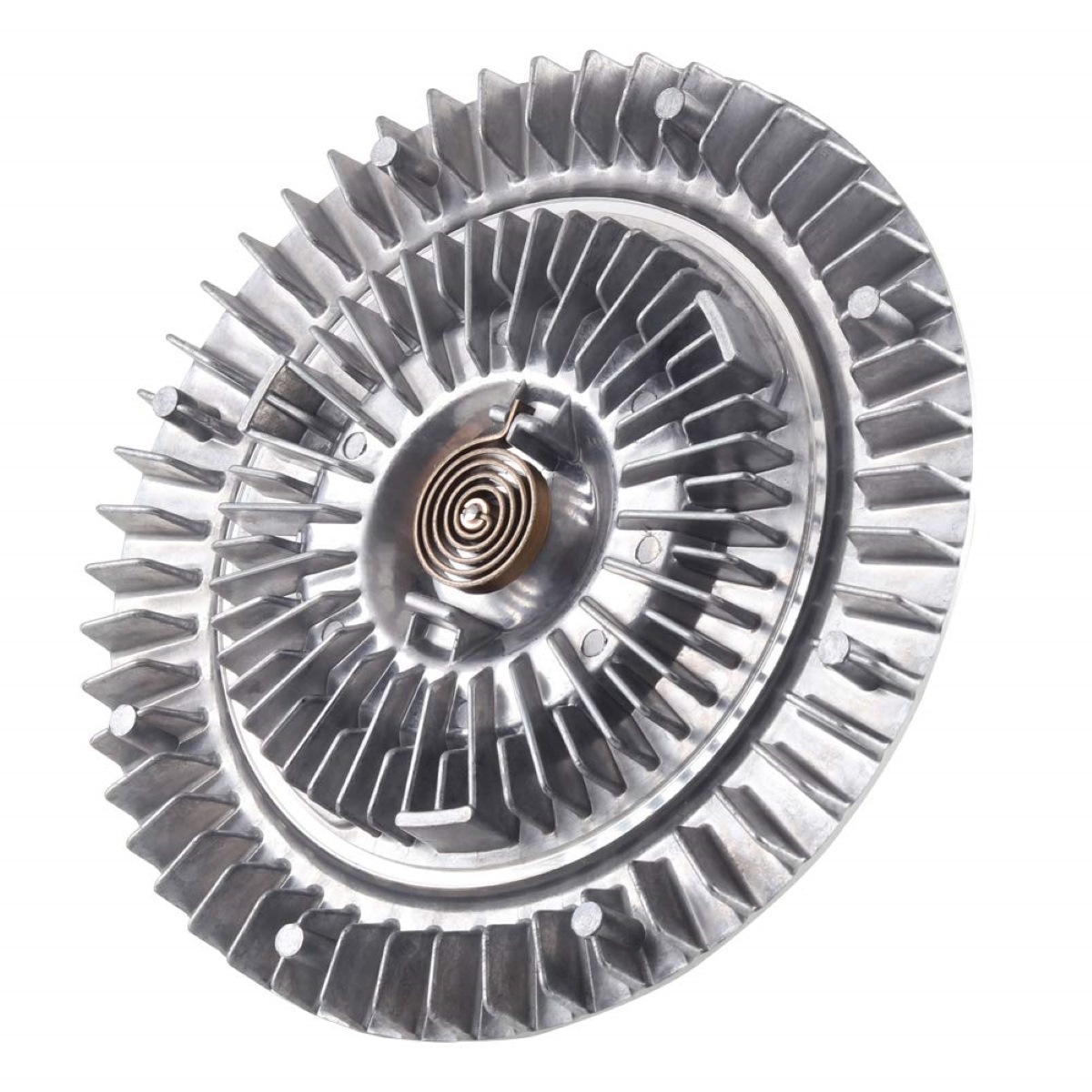







0 thoughts on “Types Of RAM And How To Use Them”